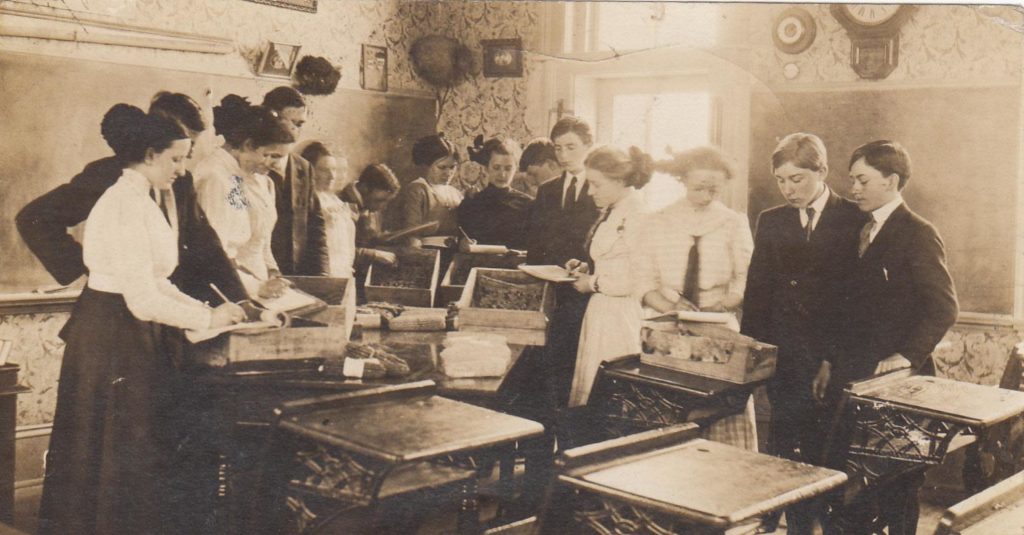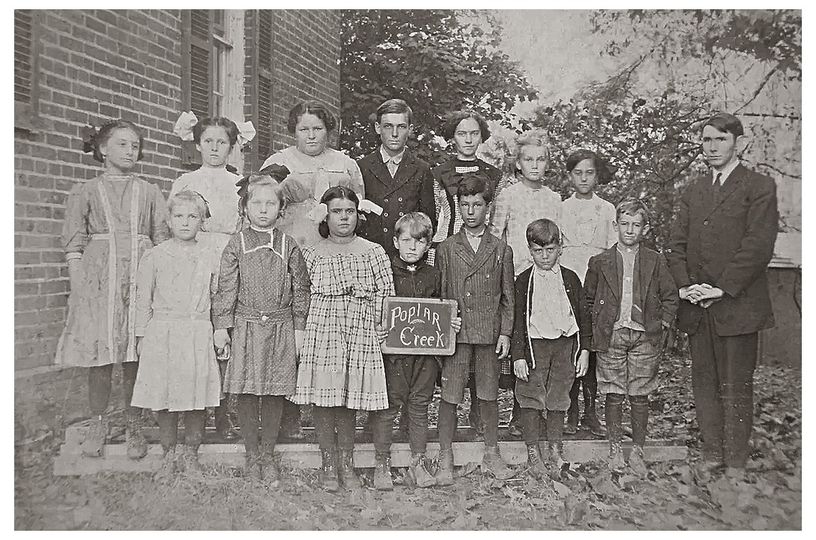History of Schools
Rivalry Ended by Common School - 1917
by Lewis Cook "Columbus Sunday Dispatch" - 1917
Basil and Baltimore, rival communities of Fairfield county in the pioneer days before the Ohio canal was built, have found peace in the common school, constructed for use of both communities.
The colorful story of the birth of liberty Union School began in 1823 when several families living within a few miles of each other united and hired Joseph Studer, a cooper, to teach their children. His cooper shop was on the Leonard hill, south of Basil, and here he set astride his shaving horse making hoops while the half dozen pupils recited.
After the recitation he would admonish the children to study hard and learn, and then he would rise and pound the hoops down on a half constructed barrel.
Basil’s first school was a small wooden building, 18 by 24 feet. The second schoolhouse was 24 by 36, with a 10 foot ceiling and white washed walls. But this edifice of 1834 was soon too small, and in 1860 the site of the present Basil park was purchased, a brick building was erected, and the old frame building moved to the new site.
By 1880 these buildings proved inadequate for the school needs of Basil, so a contract was let to build a new school, according to the plans a Lancaster architect. There were three rooms and a hall downstairs; one room, a hall and an auditorium upstairs.
In 1883 Baltimore built a similar building, which was erected on the present site of the T. D. Griley home. The auditoriums were the centers of social life, and on the last day of school, the parents came to hear their children “speak pieces,” and to hold a community dinner that surpassed Thanksgiving and Christmas.
Baltimore’s first school was held in the second story of the market house which was placed Virginia style, in the middle of the square. While farmers held market downstairs, school was kept above.
As the heat of feelings over canal rivalries gradually cooled there were many flare-ups in the competition of the school sports. Basil fathers warned their daughters against “dos vild schports” from Baltimore, while the Baltimore parents spoke scornfully of “Dumb Dutchmen”. These new rivalries led to the construction of the improved schools pictured.
As the old enmity abated there were fewer rock fights between the boys of the two villages. An occasional newcomer voiced a wonder that the villages did not unite and some forward looking citizens proposed uniting the schools. The last was a fine idea in theory, but at each proposal the old enmity flared up again. One proposed site was in Basil; another was in Baltimore. All proposals failed until the school districts were united as Liberty Union School district.
One member of the school board woke up in the night with an idea of placing the school on the Brown tract, exactly between the villages, changing the village incorporation lines so that a common line would pass through the middle of the building, and opening a roadway to the building from the main street. He could hardly wait until morning to look the ground over, but when he did examine it he found it ideal.
On May 17, 1917, the first graduation exercises of the first united class were held in a tent on the proposed site. This was really but a beginning: a bond issue was voted, Basil threw some territory out of its corporation and Baltimore took it in to straighten the common boundary. An injunction against the school board had to be fought, a second bond issue was passed to provide an auditorium and a third to cover the rising cost of material. Finally, however, as Superintendent Joe Gordon said, the school was built across the line, the superintendent’s office in the middle of the building, his desk in the middle of the office and his hair parted exactly in the middle. The treaty of peace was signed.
A few old-timers prophesied numerous fights between the boys of the rival villages on the first day of school in the building. The fights of old had generally been between the boys. There was one fight the first day, but it was between two Basil boys.
Fifty Classes have graduated together with a common loyalty to Liberty Union. The old enmity has become respect and tolerance for each other.
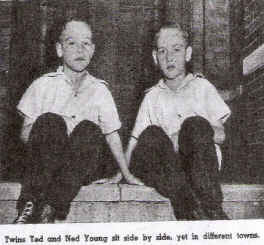
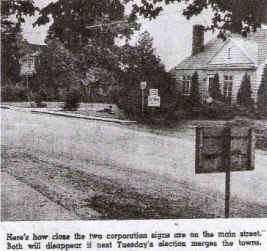
Liberty Union-Thurston Schools
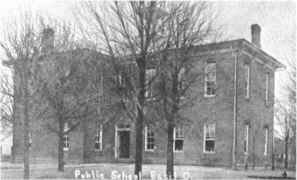
Basil School
1880
By 1880 the early buildings proved inadequate for the school needs of Basil, so a contract was let to build a new school, according to the plans a Lancaster architect.
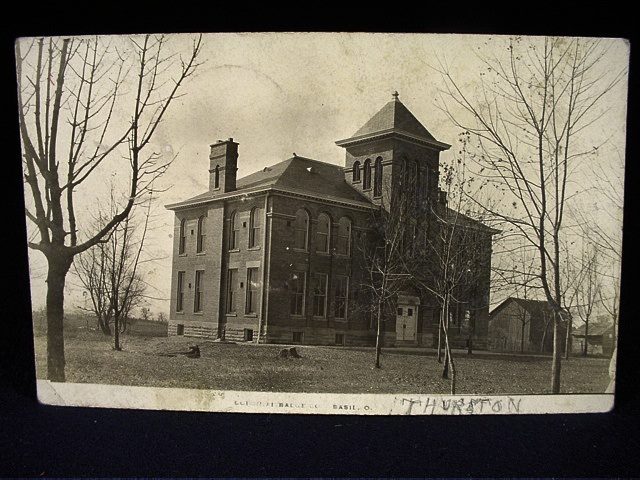
Thurston
1901 was the first graduating class from the Walnut Township High School in Thurston. There were 2 graduates in that first class, with students coming from Pleasantville, New Salem, and Millersport for their High School Education.
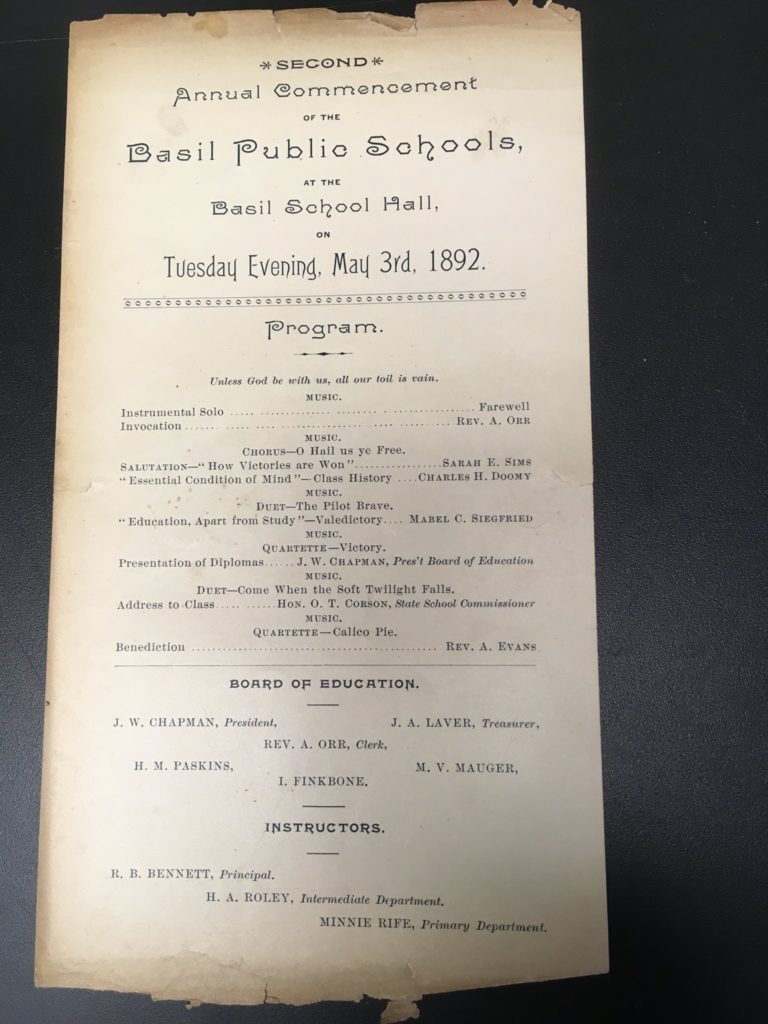
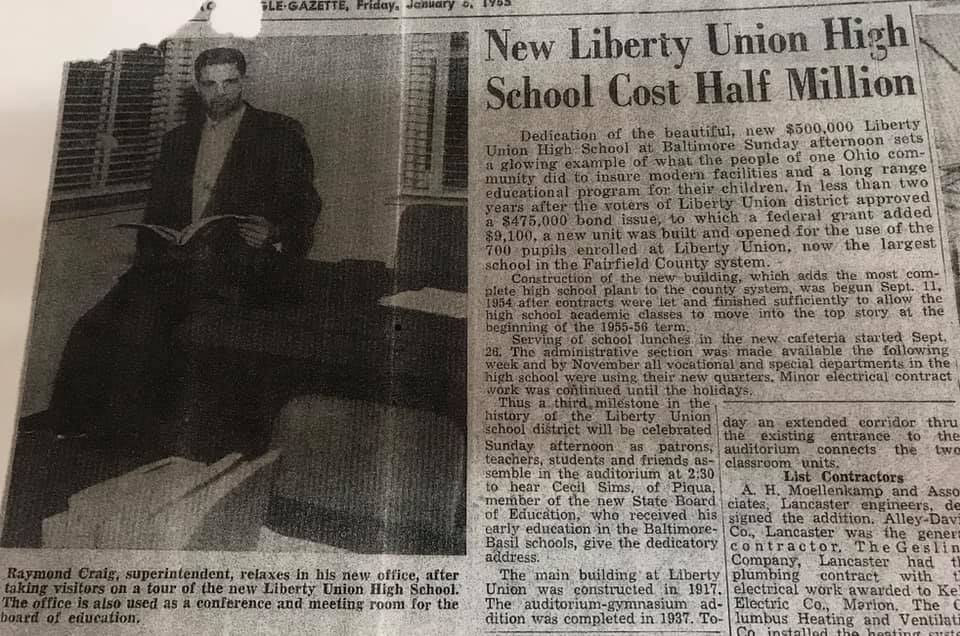


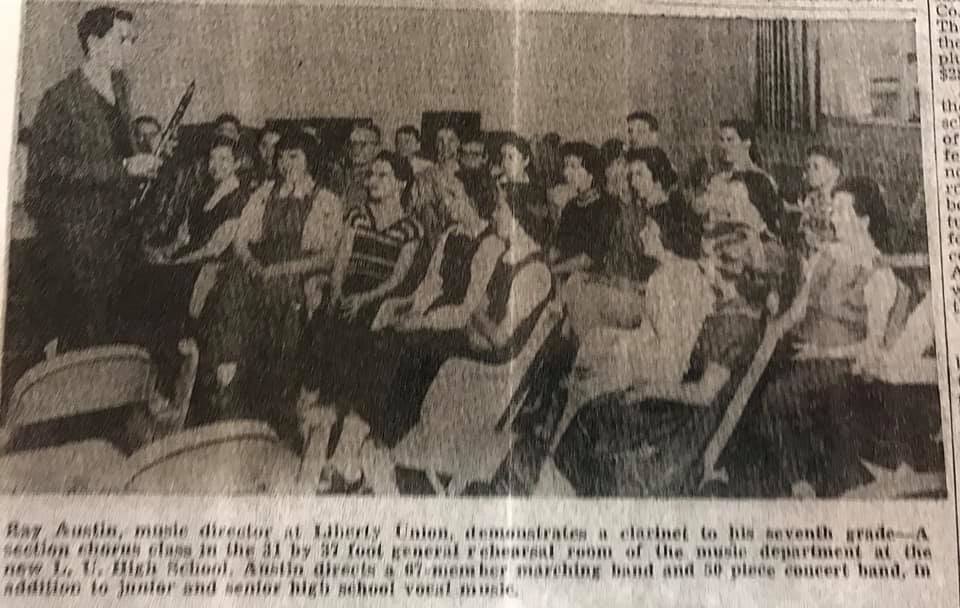

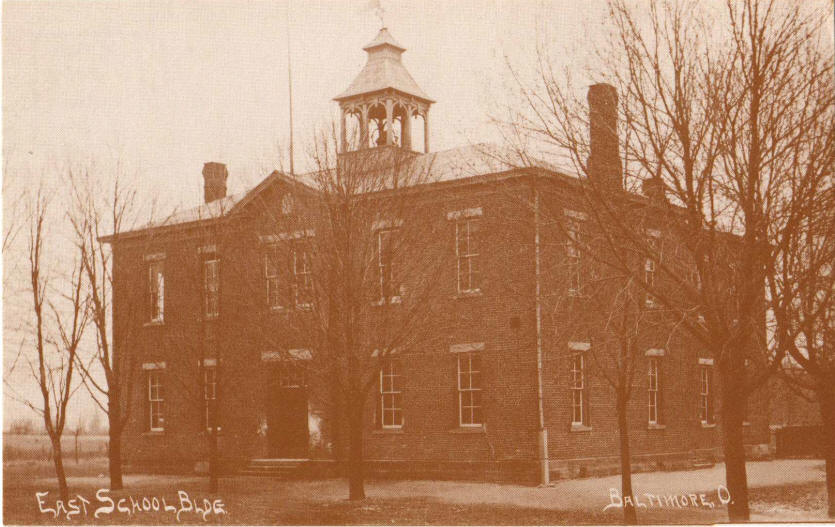
Baltimore School 1883
In 1883 Baltimore built a similar building, which was erected on the present site of the T. D. Griley home.
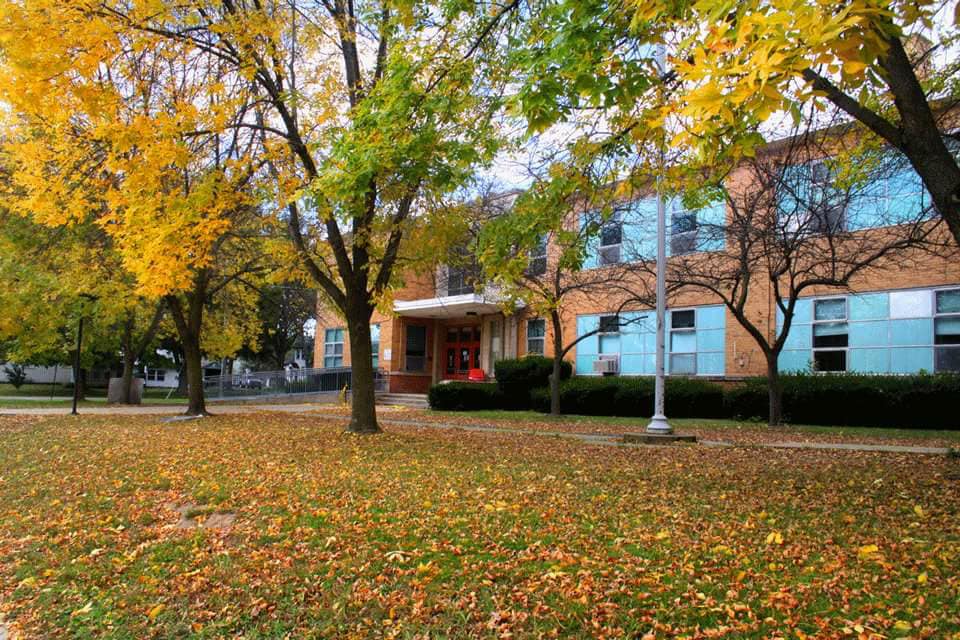
Liberty Union Senior High 60's, 70's - 80's
Building was erected in 1954, designed by A. H. Moellenkamp & Associates, & general contractors The Alley-Davis Company. The building was a two story building and was designed for the addition of a future 3rd floor. It served as the High School. Library, Offices, Band and Music, Athletics, Home Economics, Cafeteria, Industrial Arts, Biology/Chemistry labs ; until it was unceremoniously demolished.
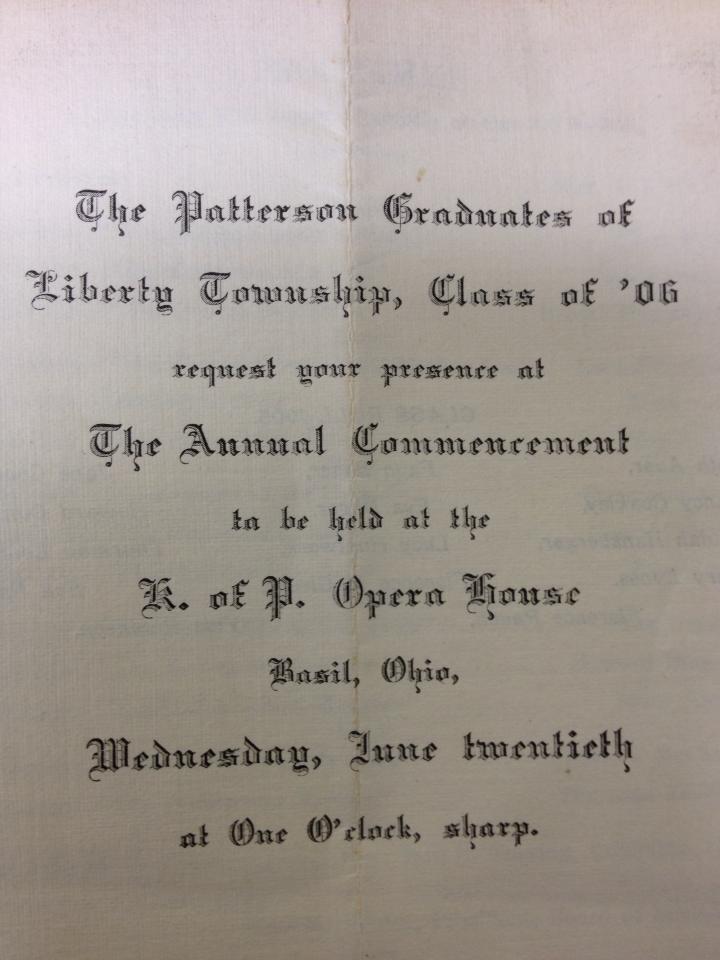
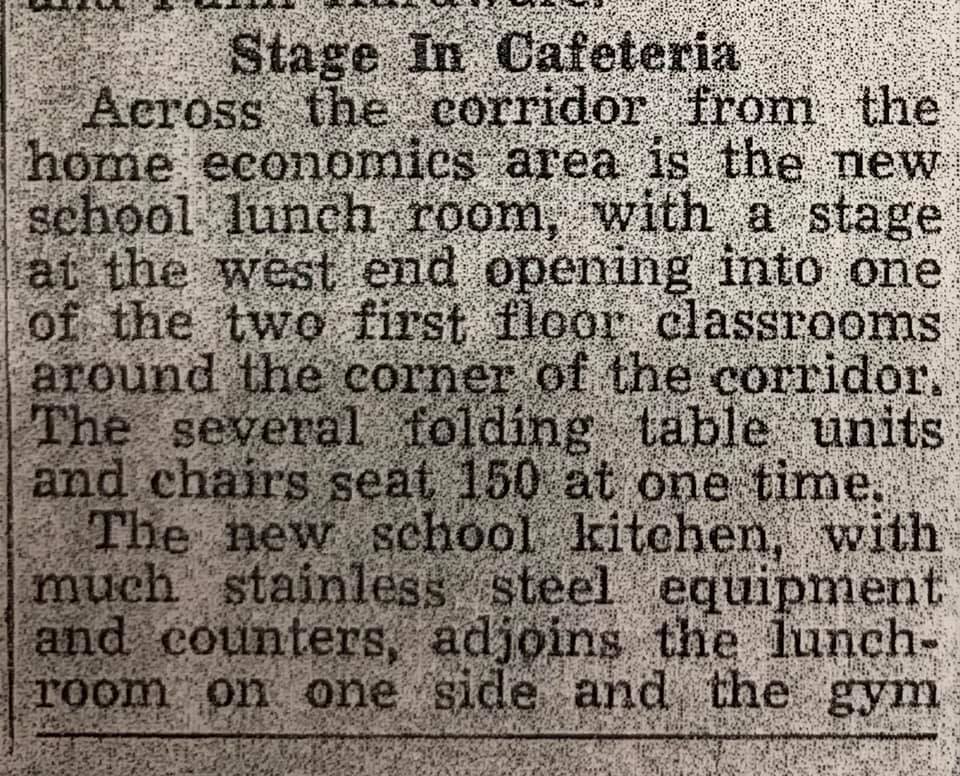
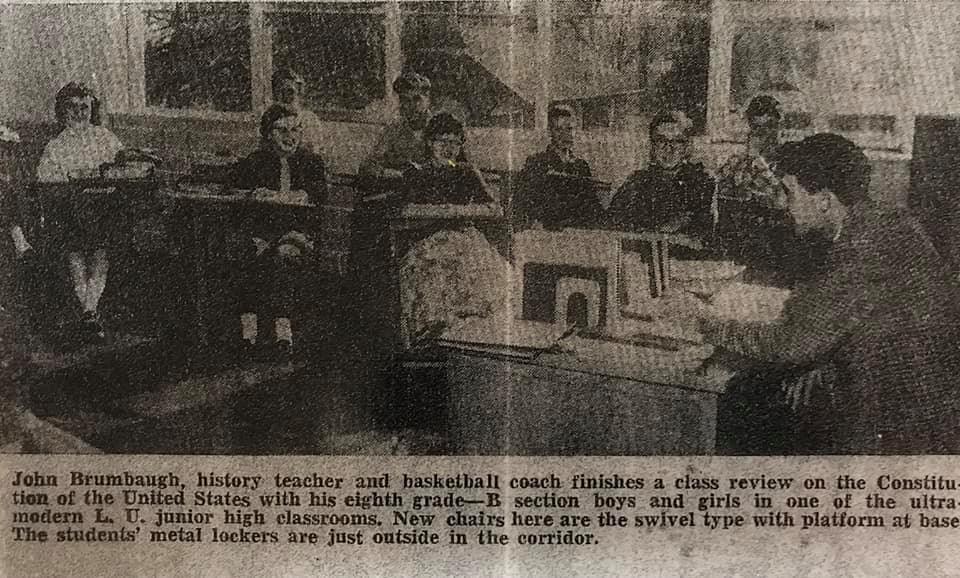

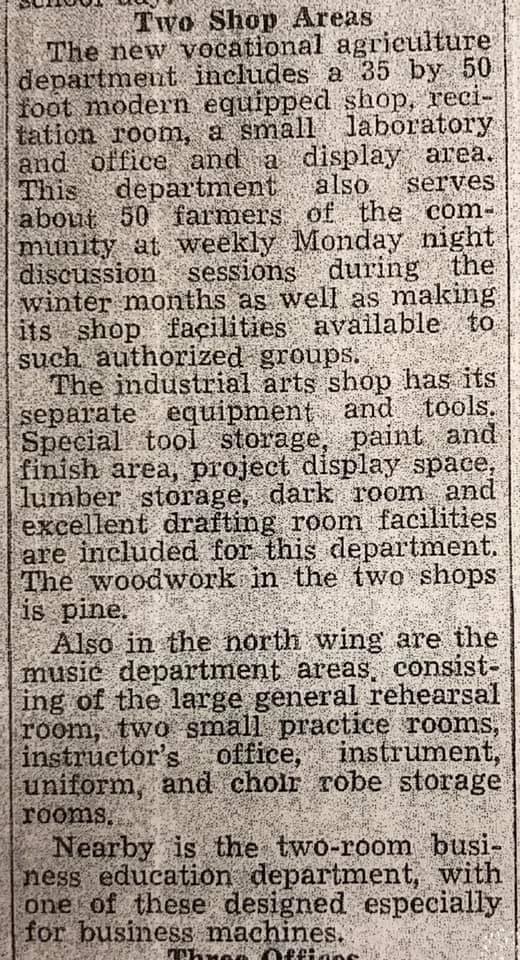
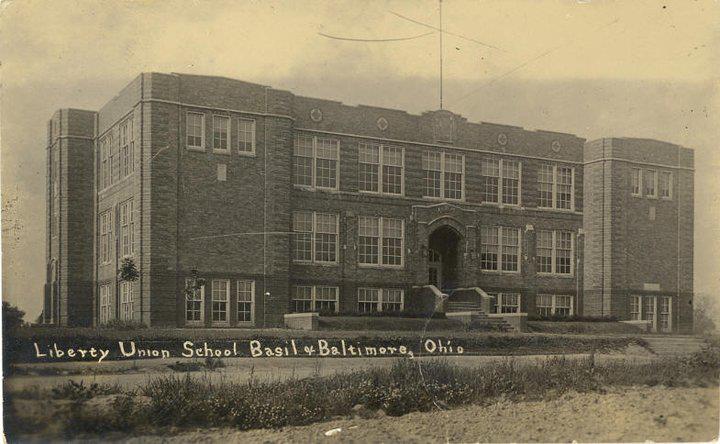
LU Combined Schools 1917
On May 17, 1917, the first graduation exercises of the first united class were held in a tent on the proposed site..
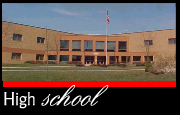
Liberty Union High Today
The Liberty Union-Thurston High School is located at 500 Washington Street. The school serves grades 9 through 12 and has approximately 425 students. The team nickname is the “Lions” and the school colors are red and black. The school was constructed in 1988.

This is a picture taken in front of the original Basil-Baltimore School. My grandfather William H. Robinson is on the far right. He is the father of my father Gerald D. Robinson ~~~Marise (Robinson) Petry - Class of 1968
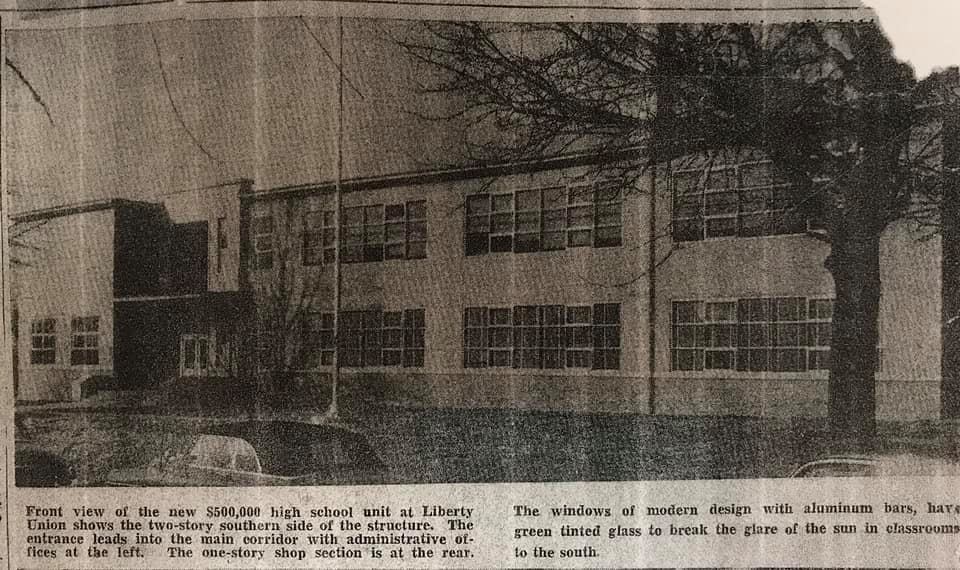

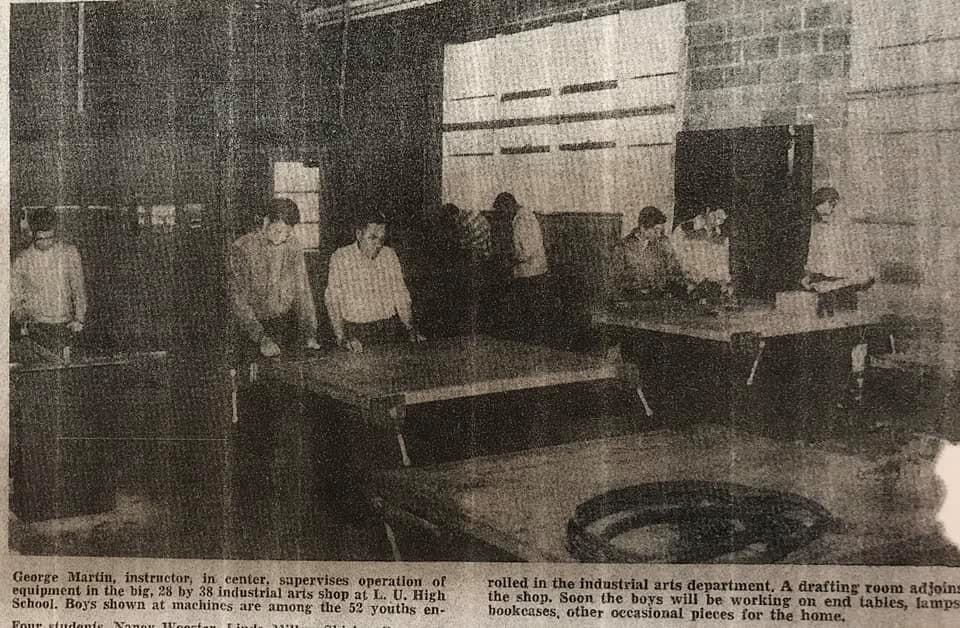

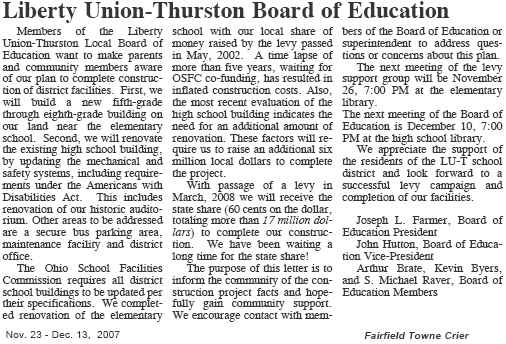
Liberty Union High School is a public high school in Baltimore, Ohio. It is the only high school in the Liberty Union-Thurston Local Schools district. The teams’ name is the Lions. The school colors are red and black.
